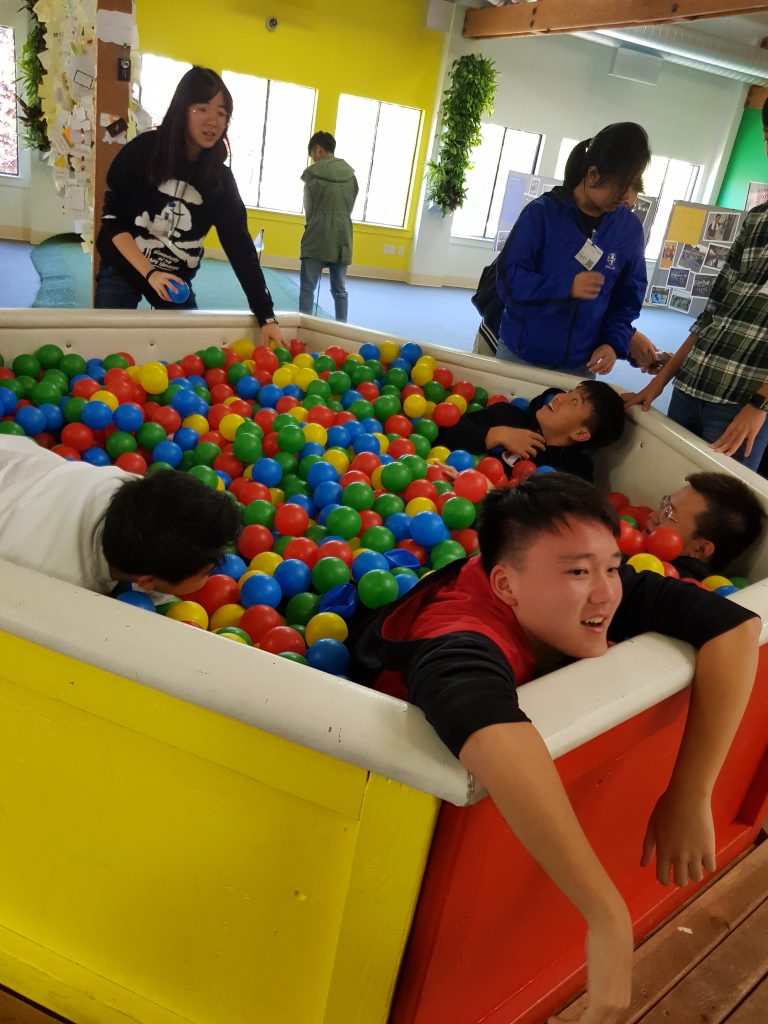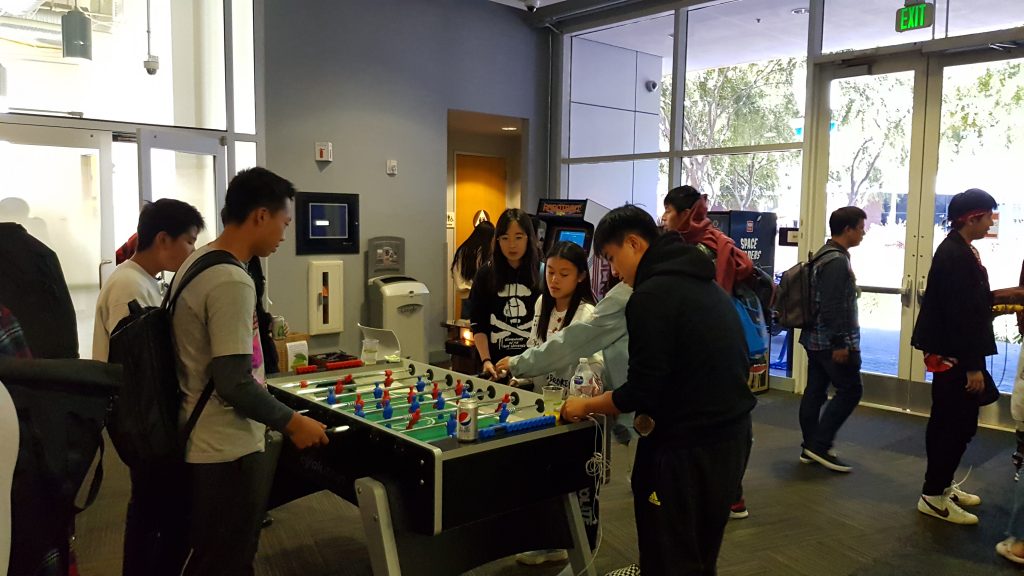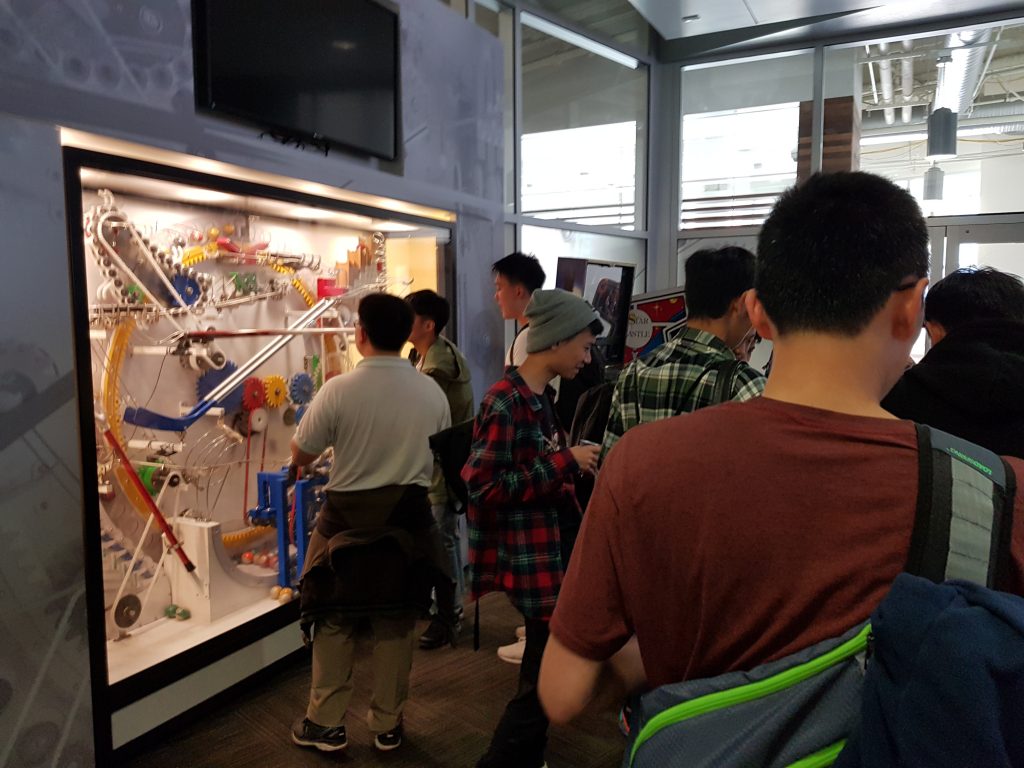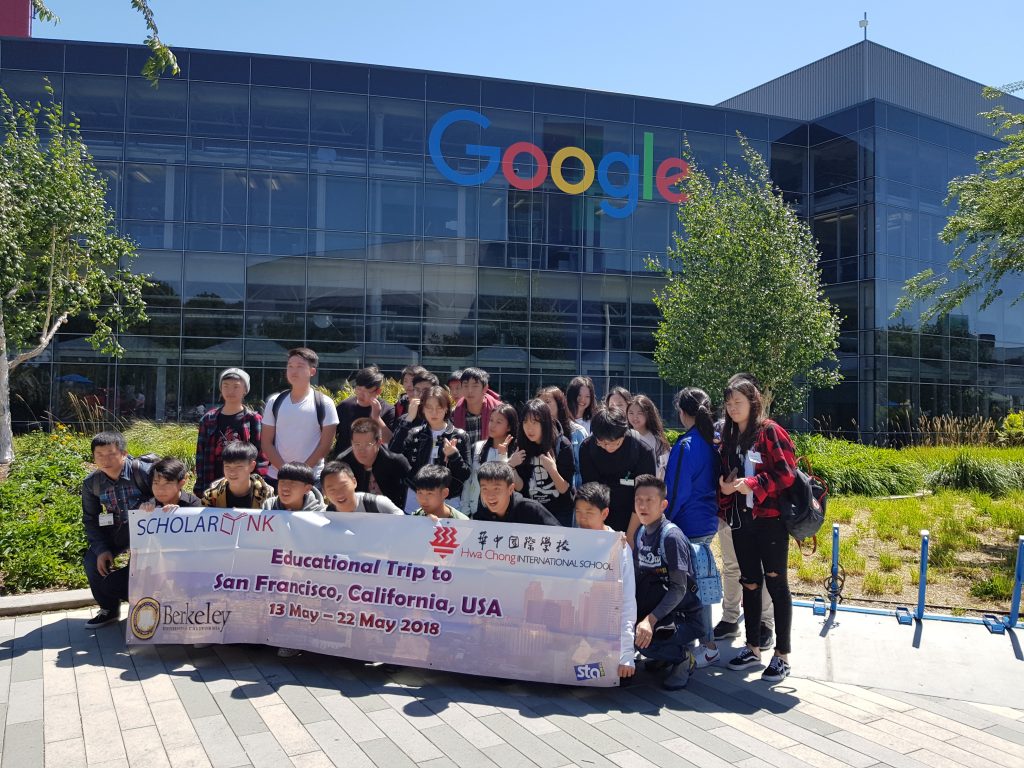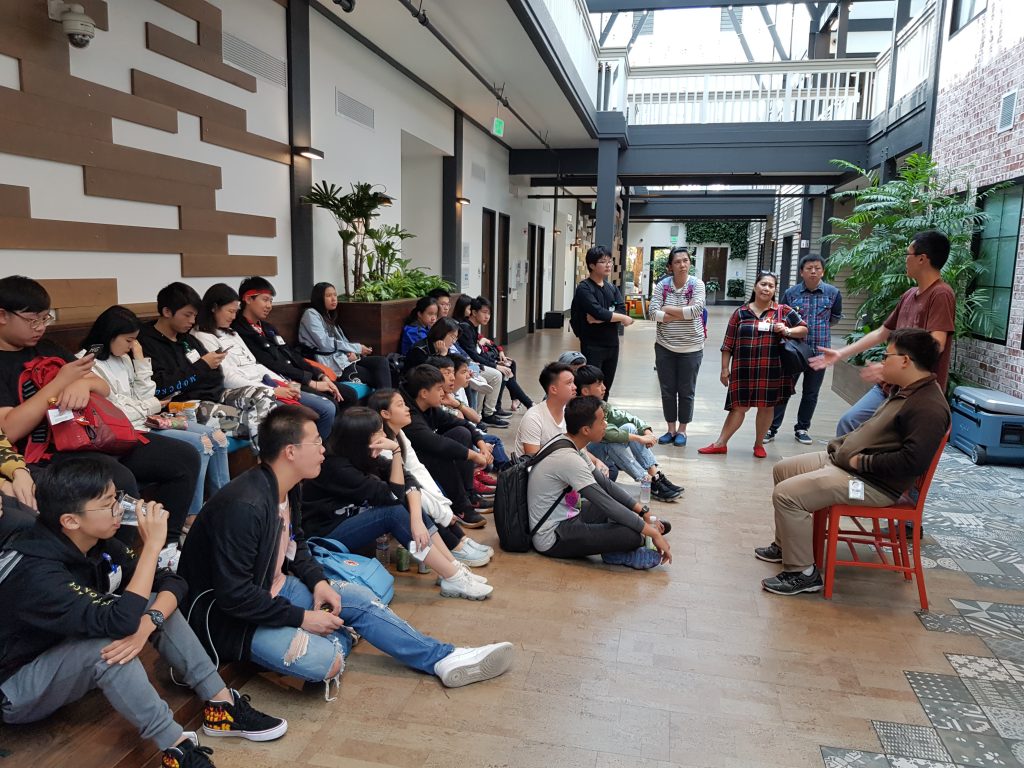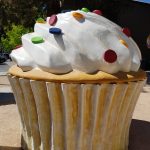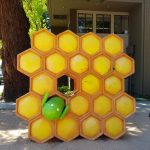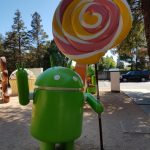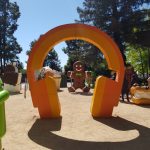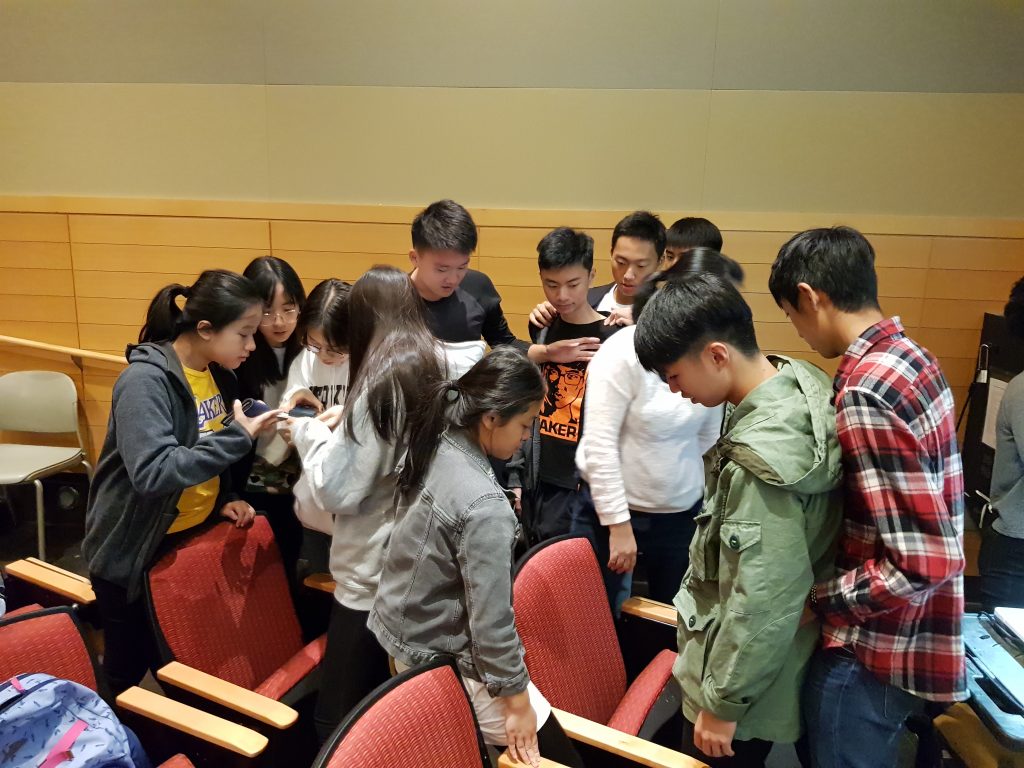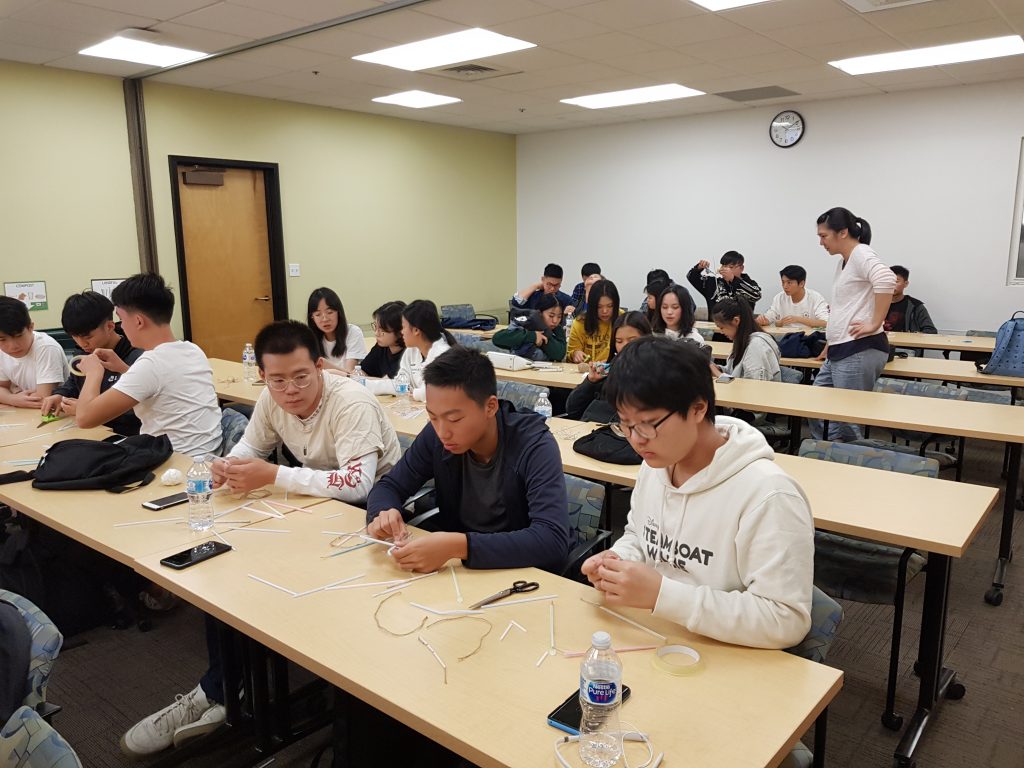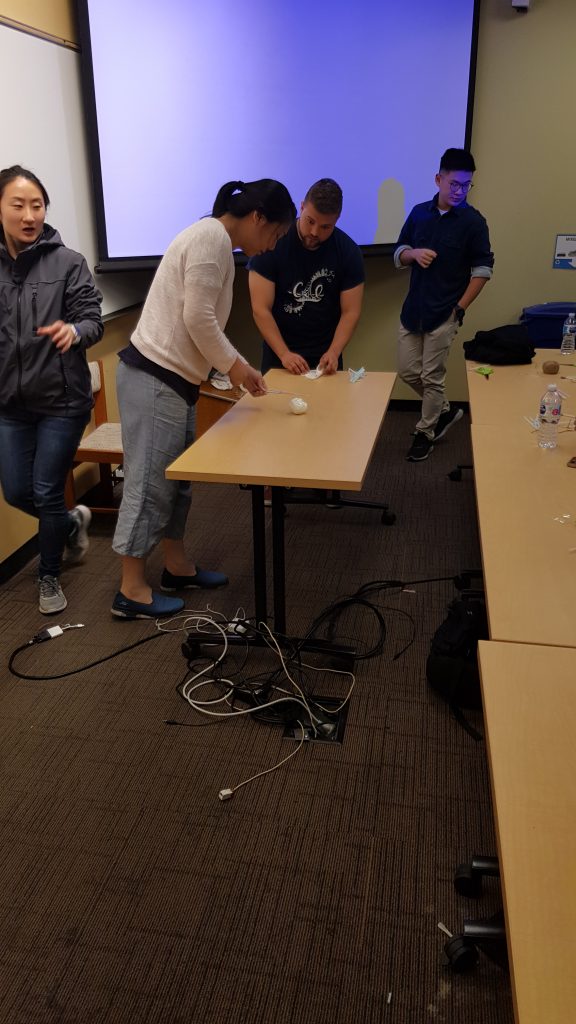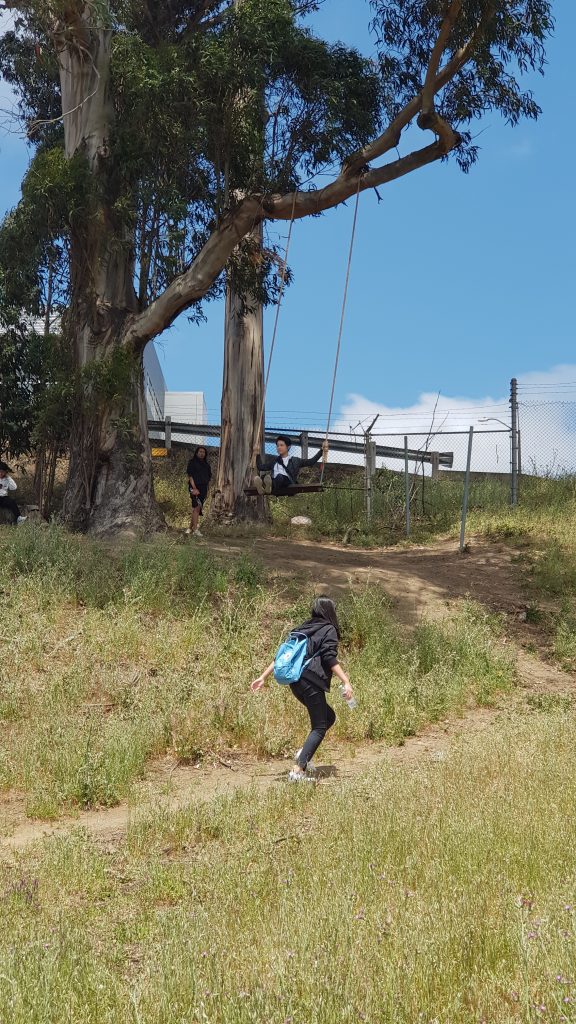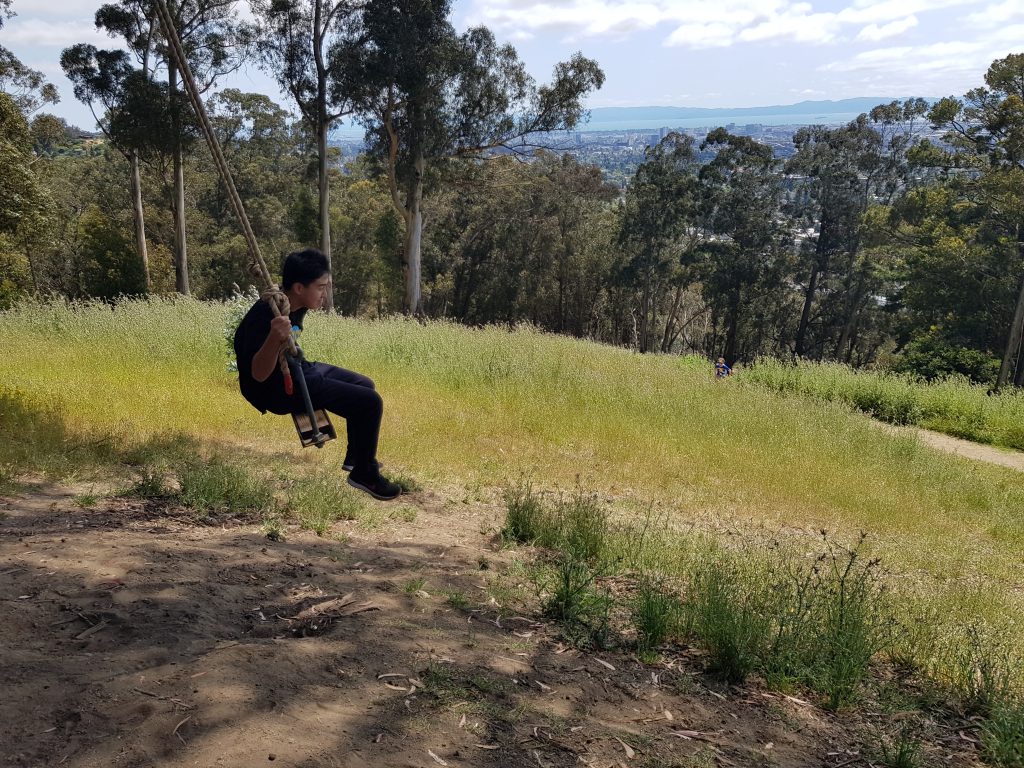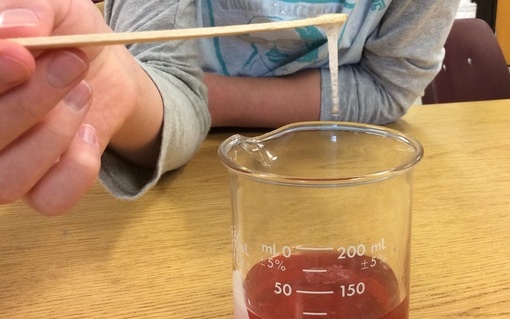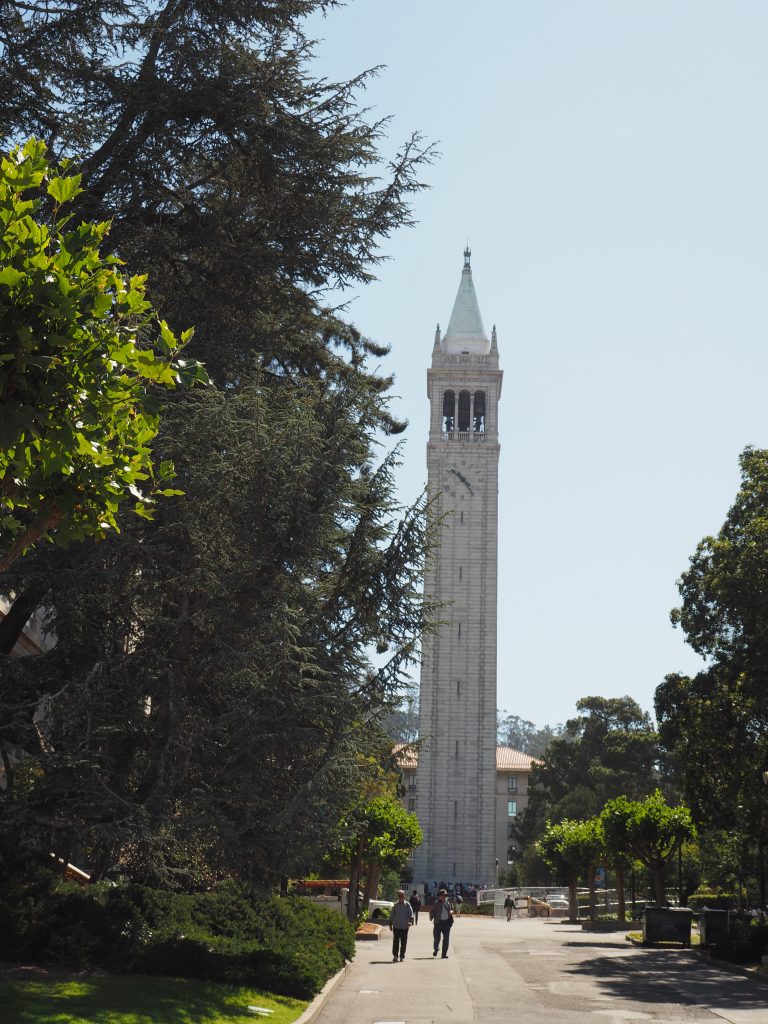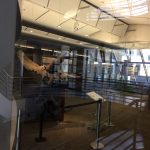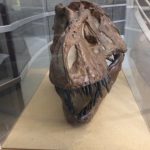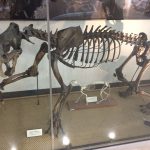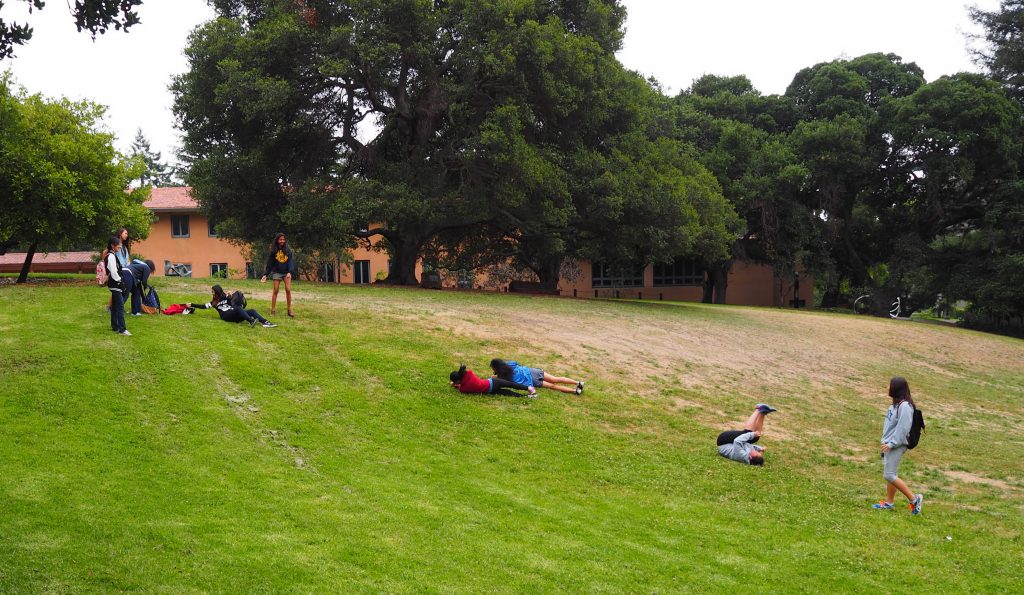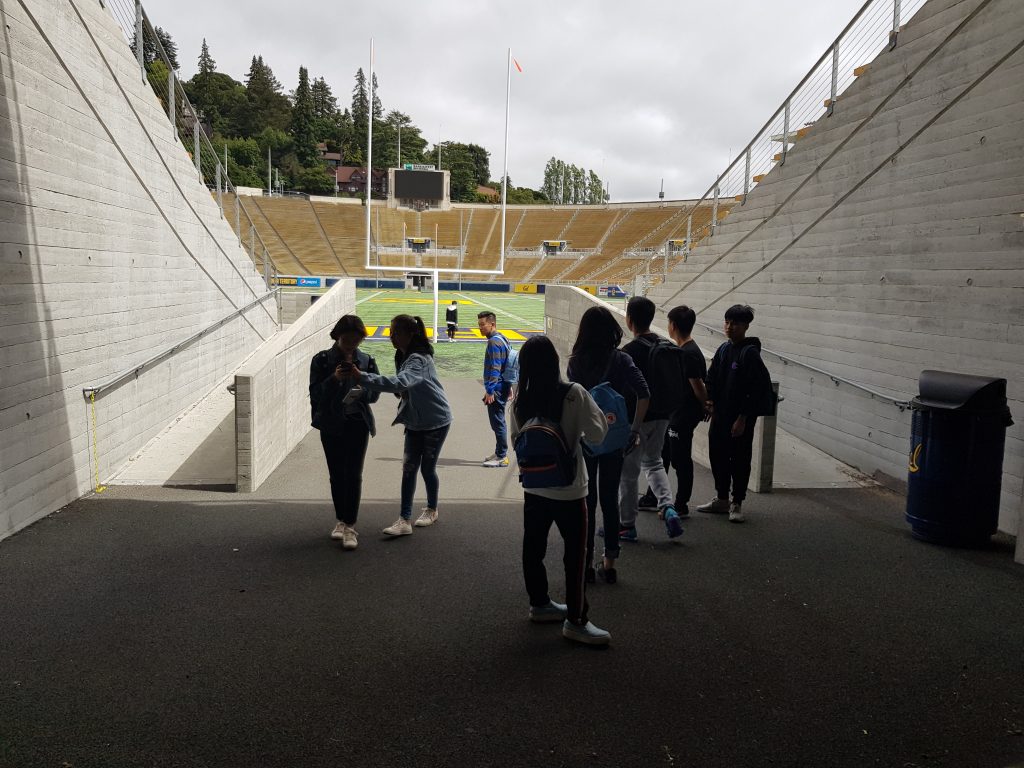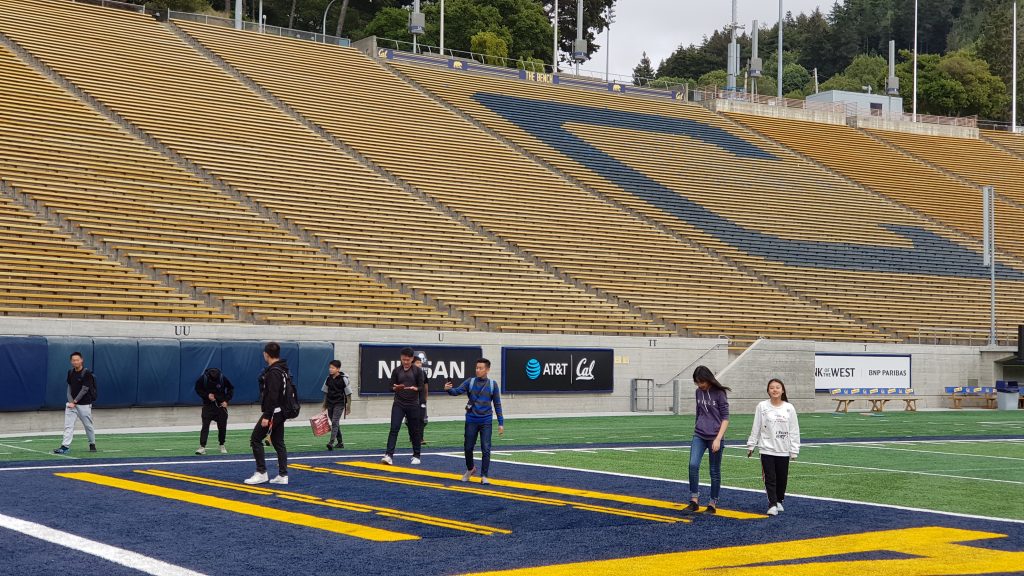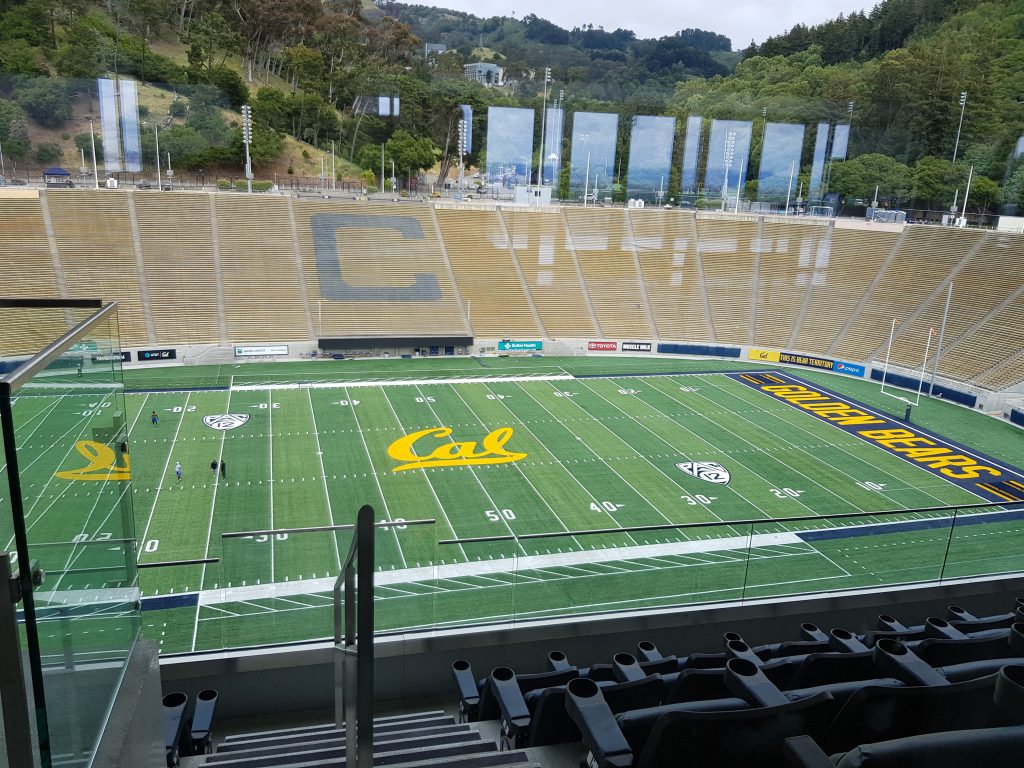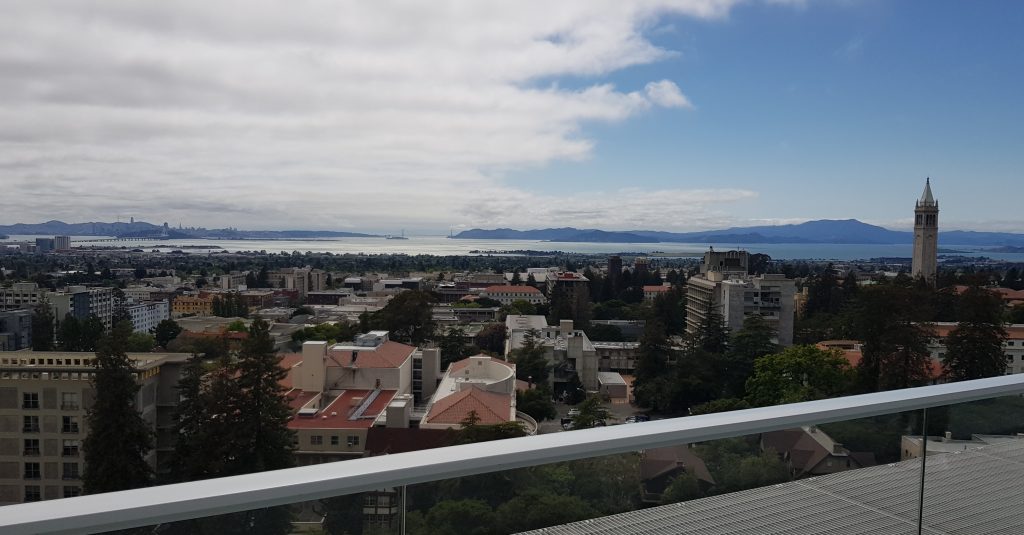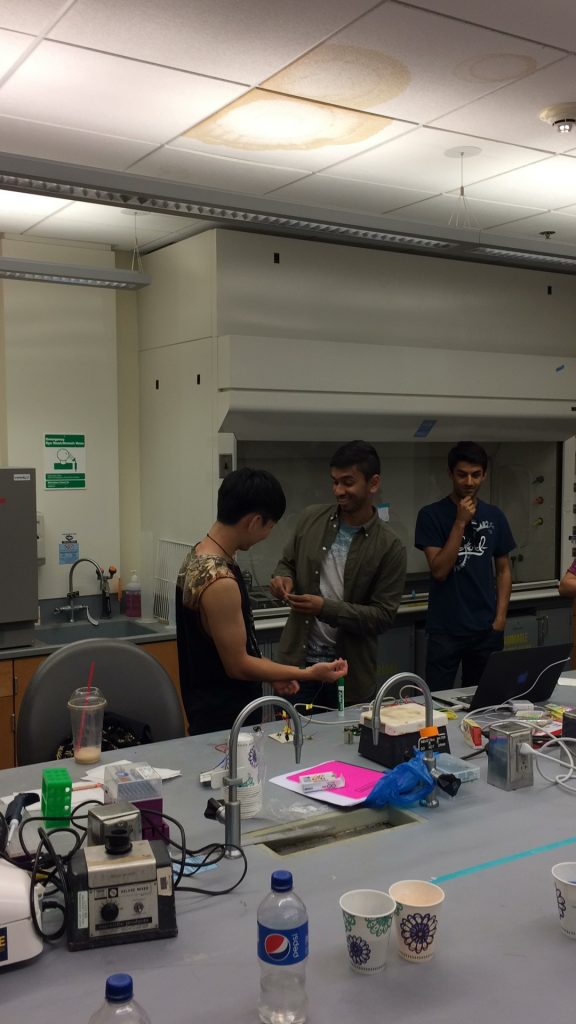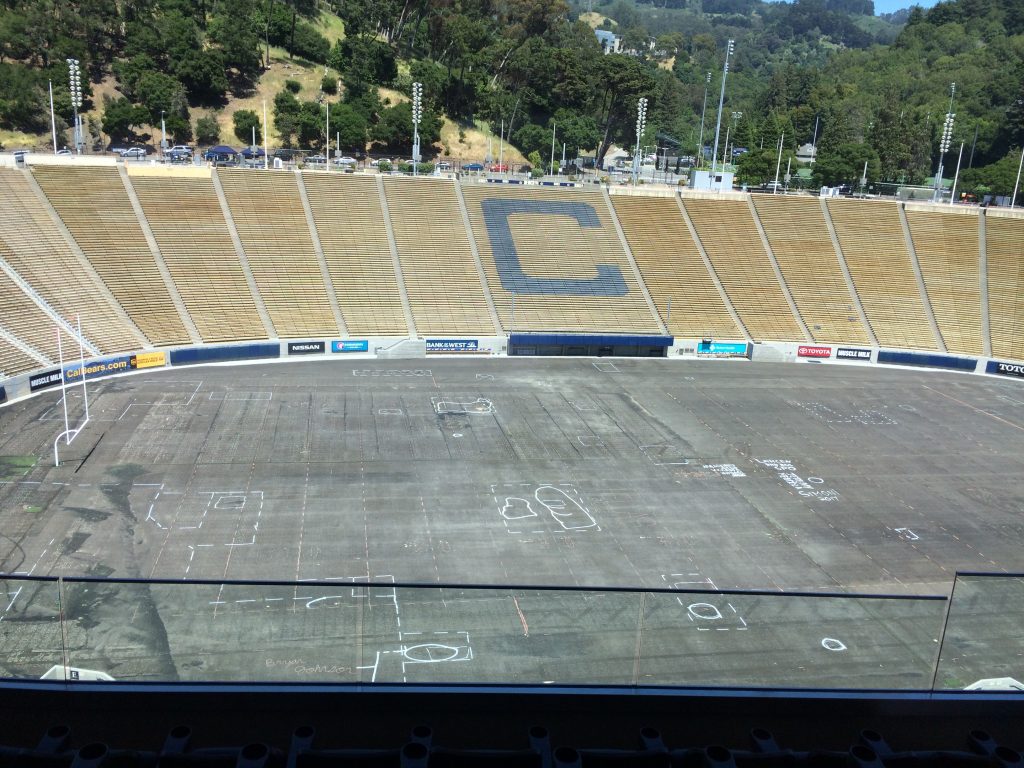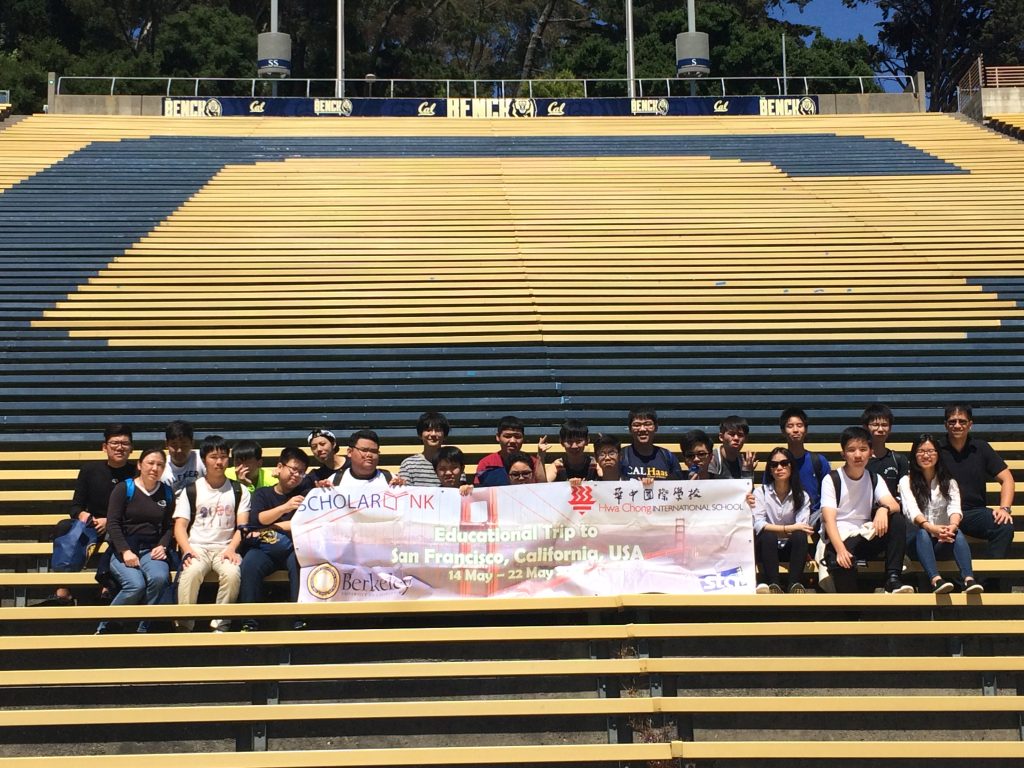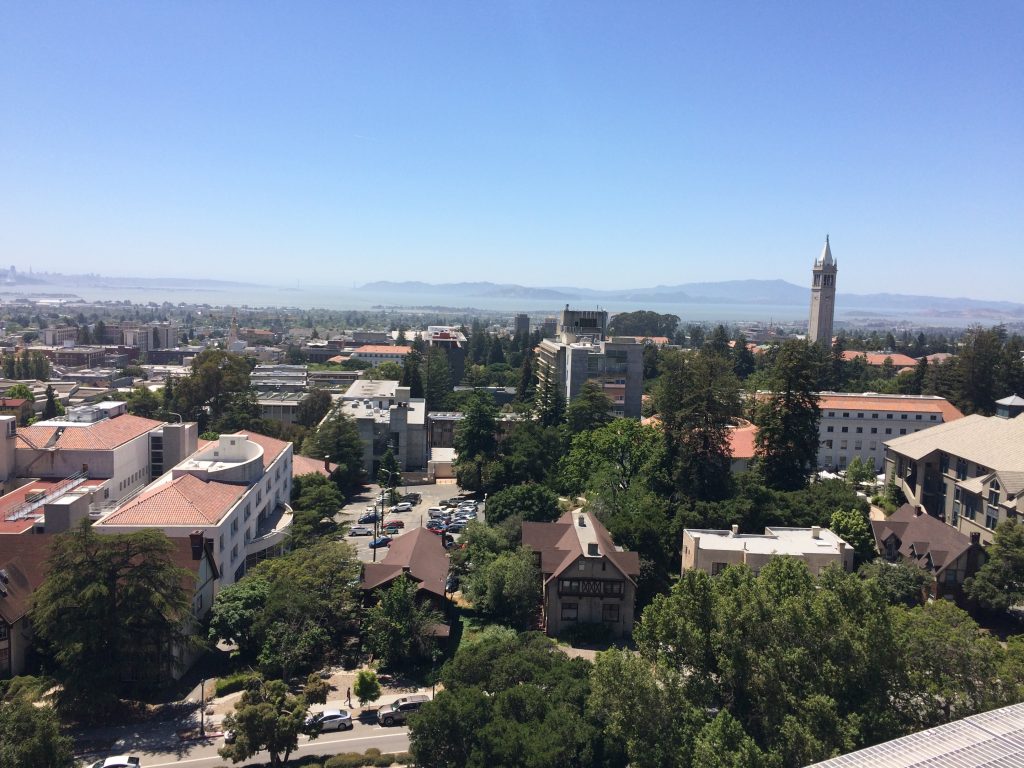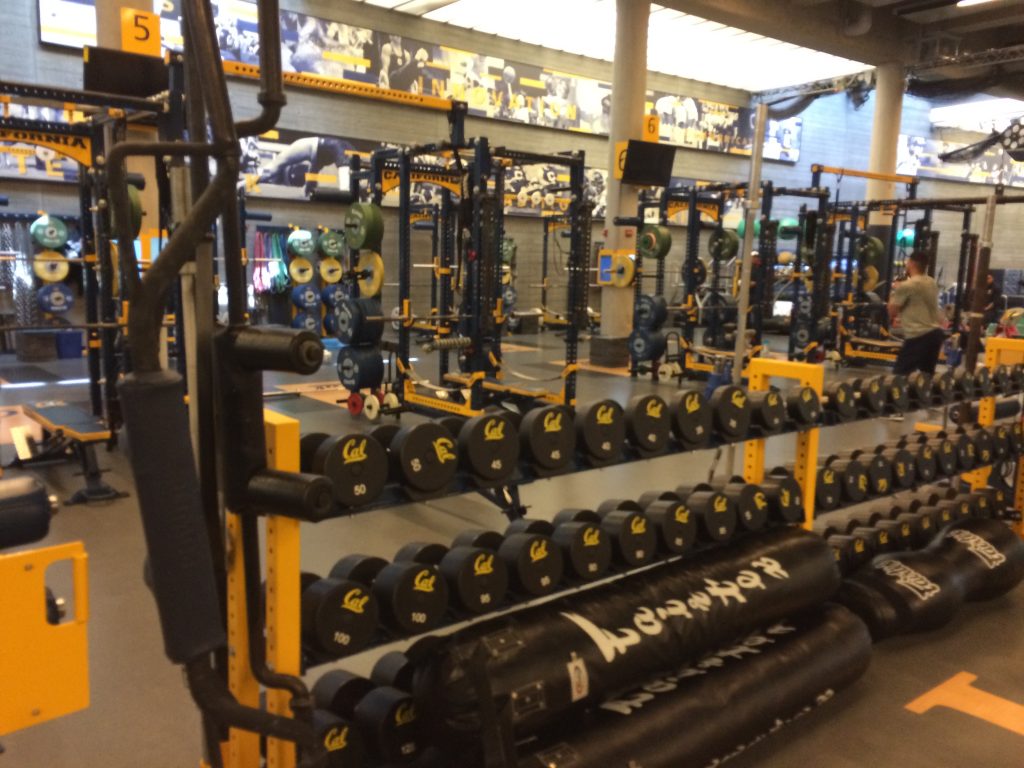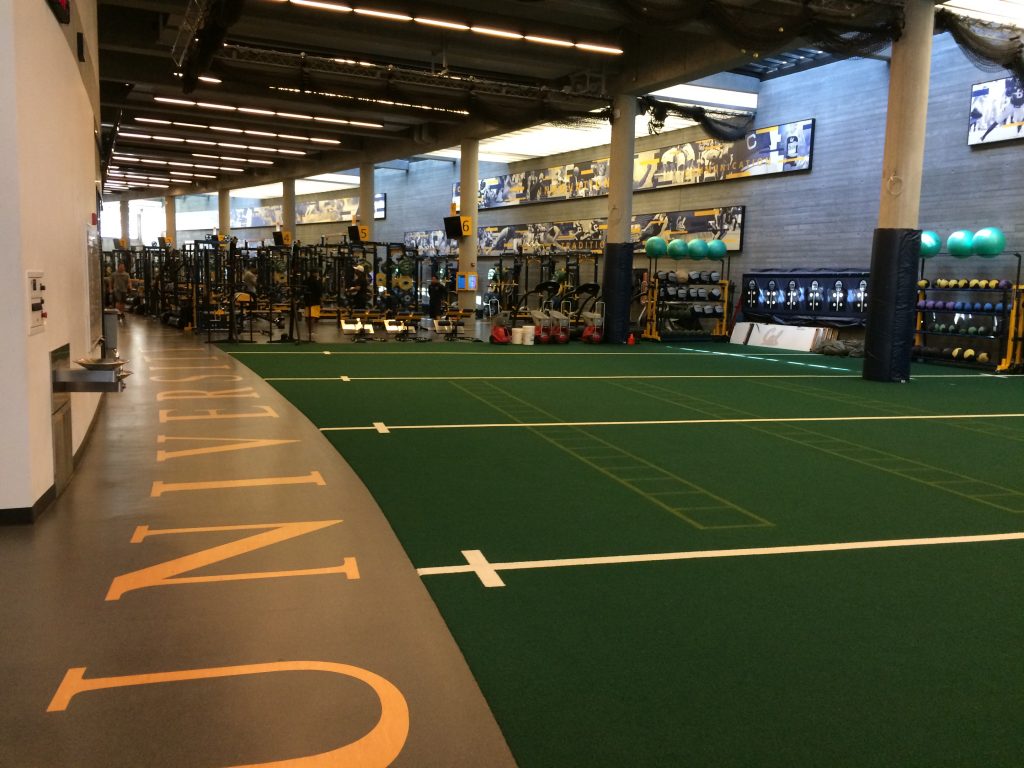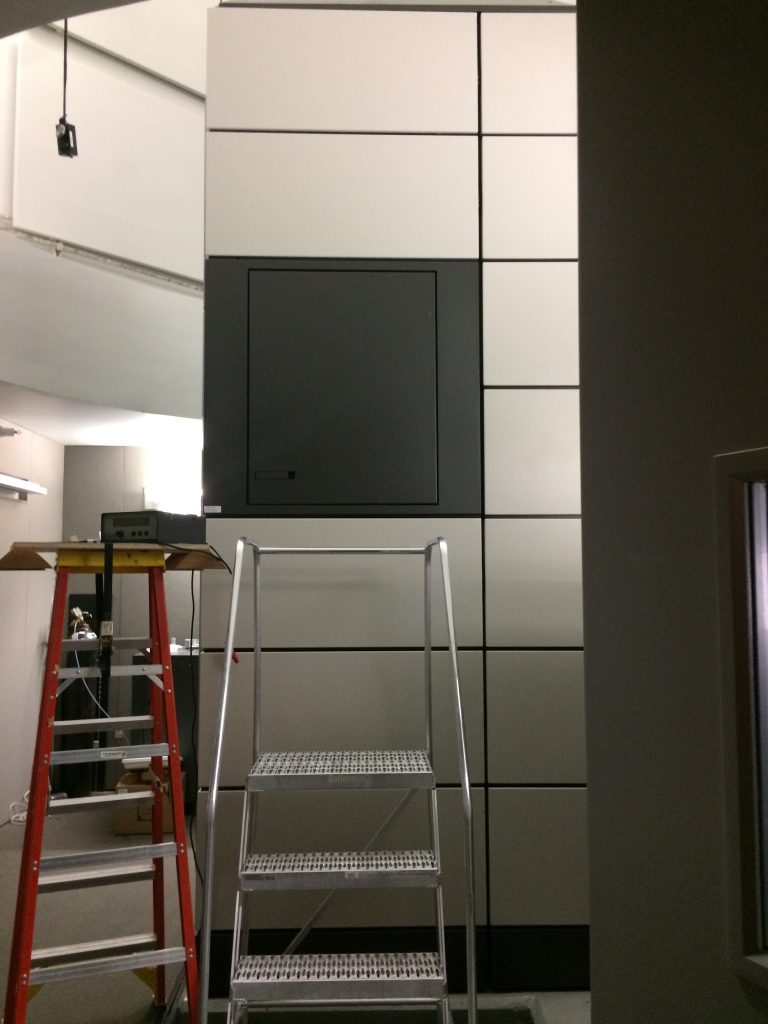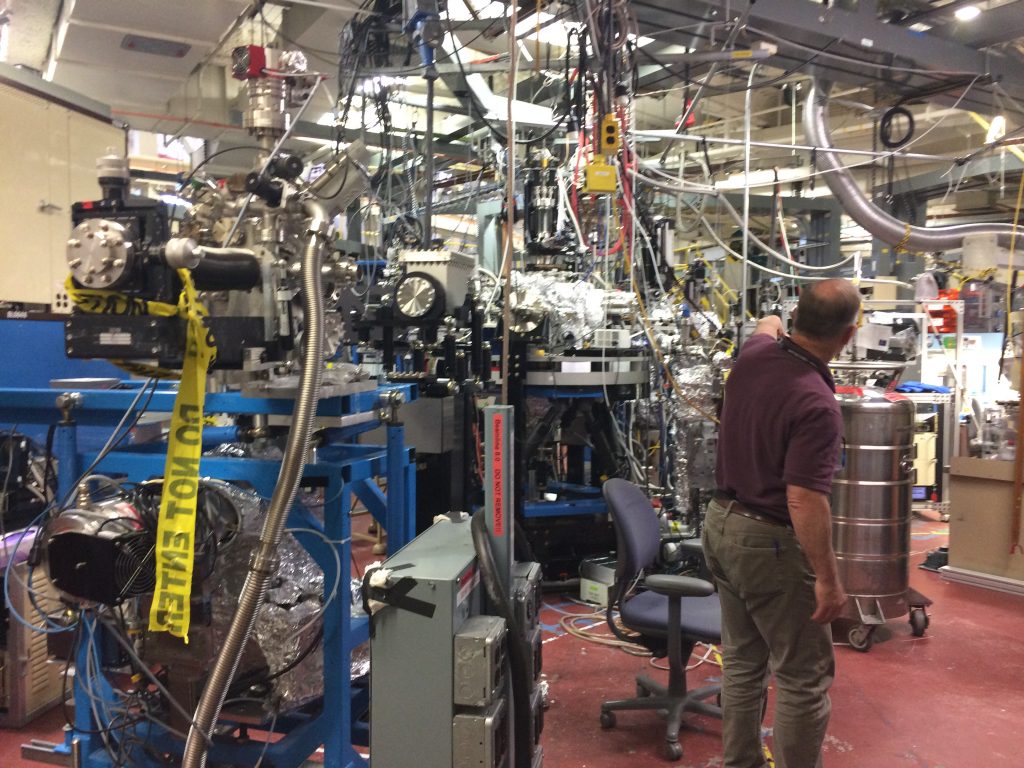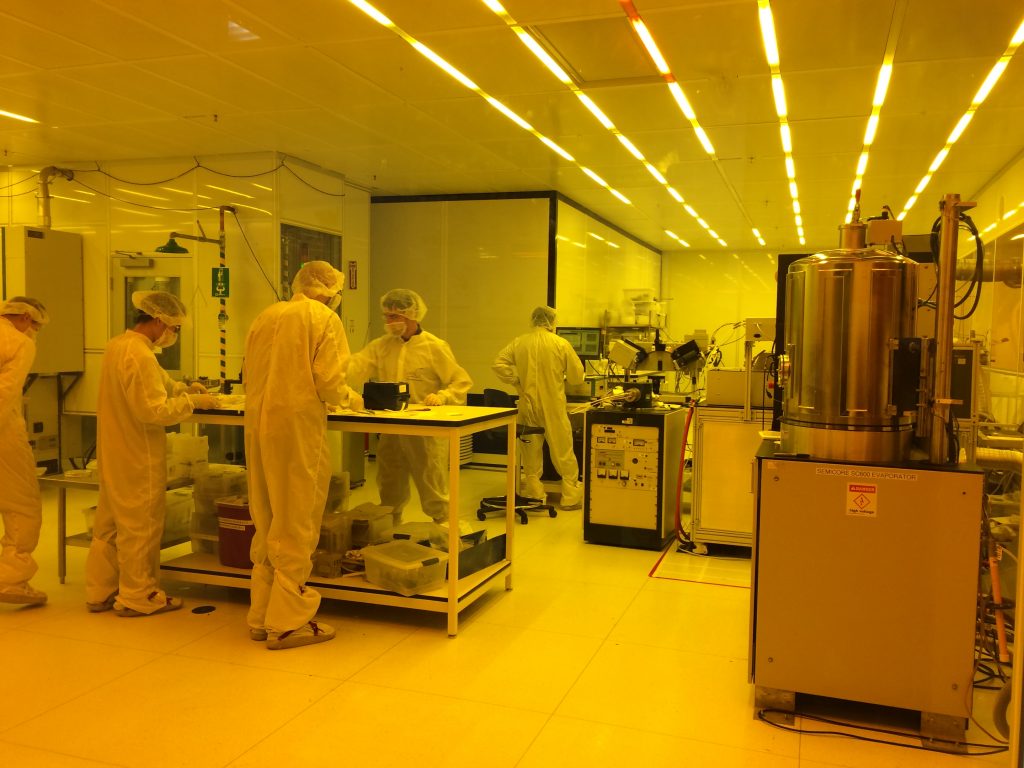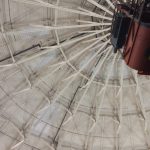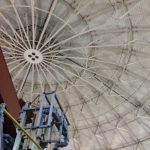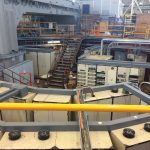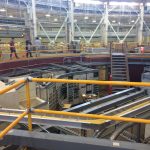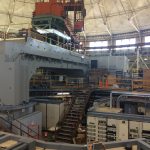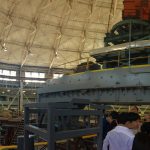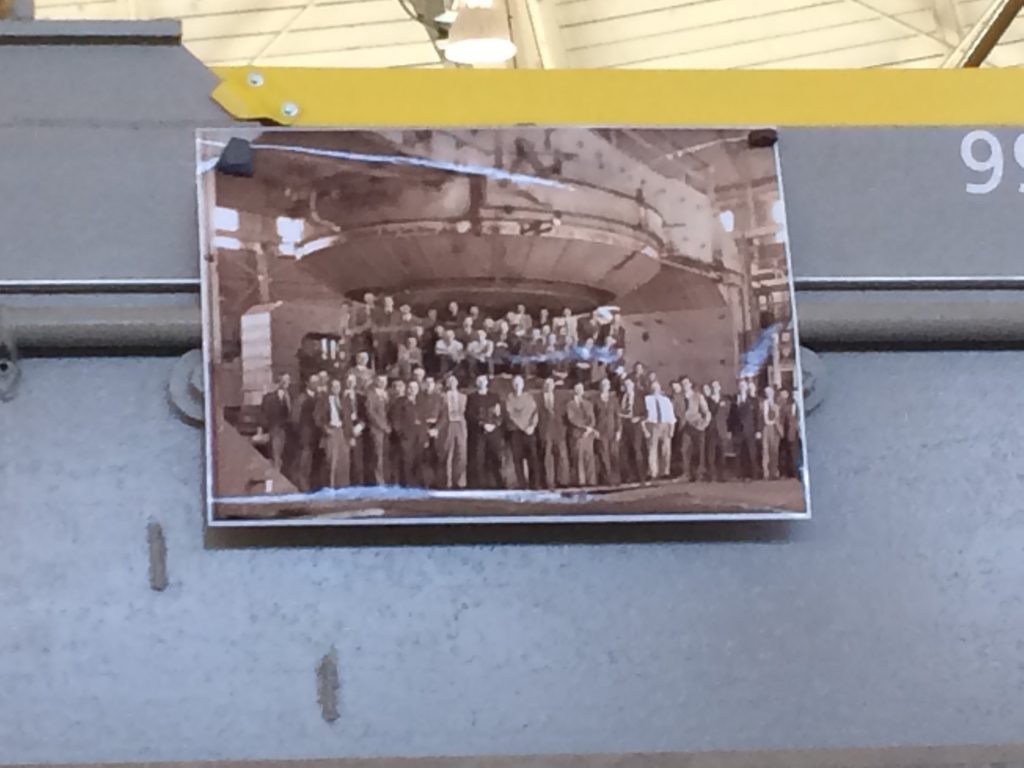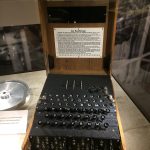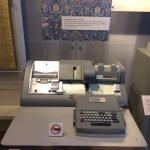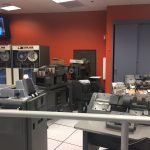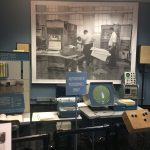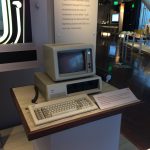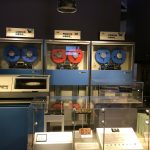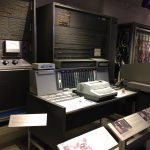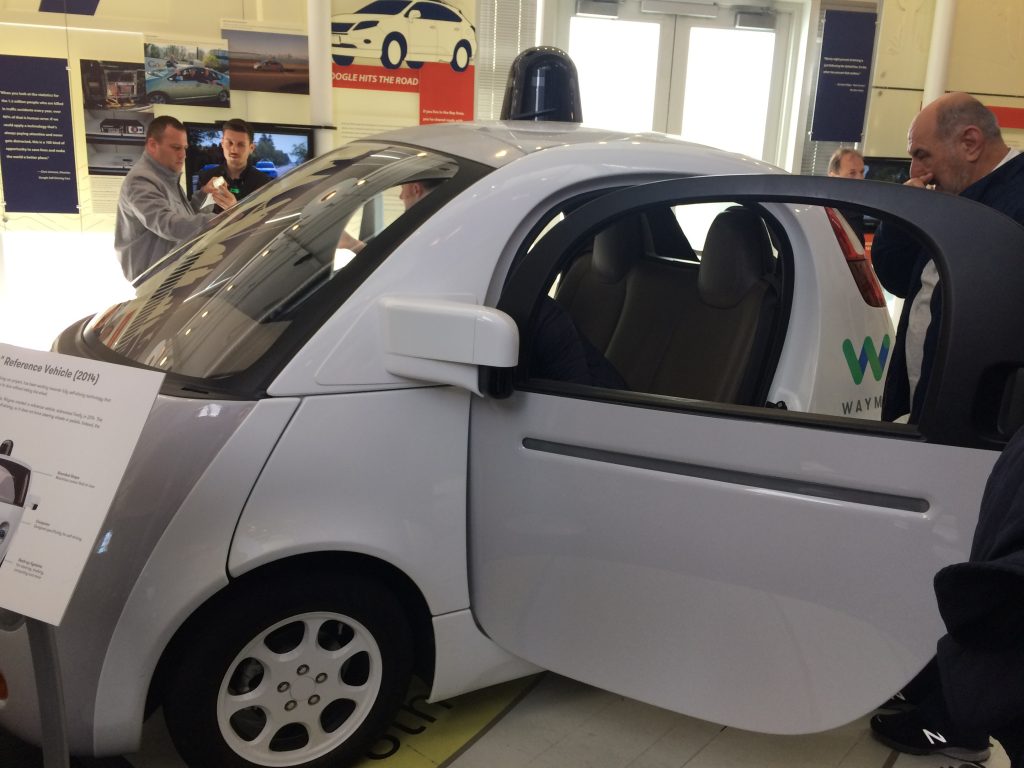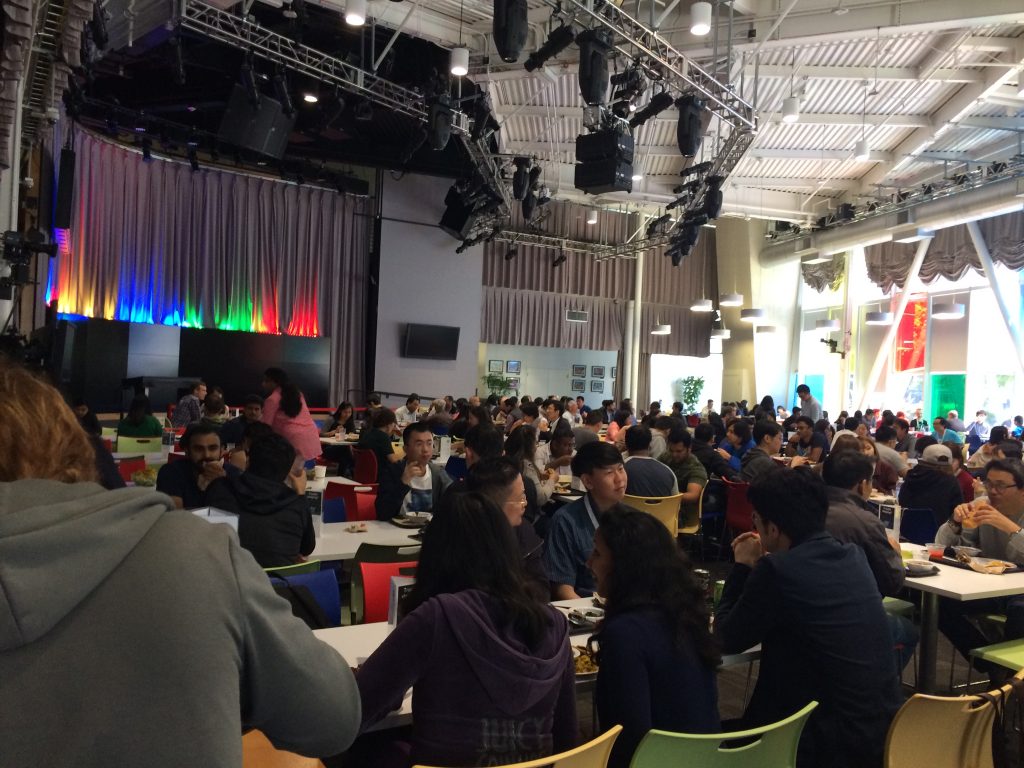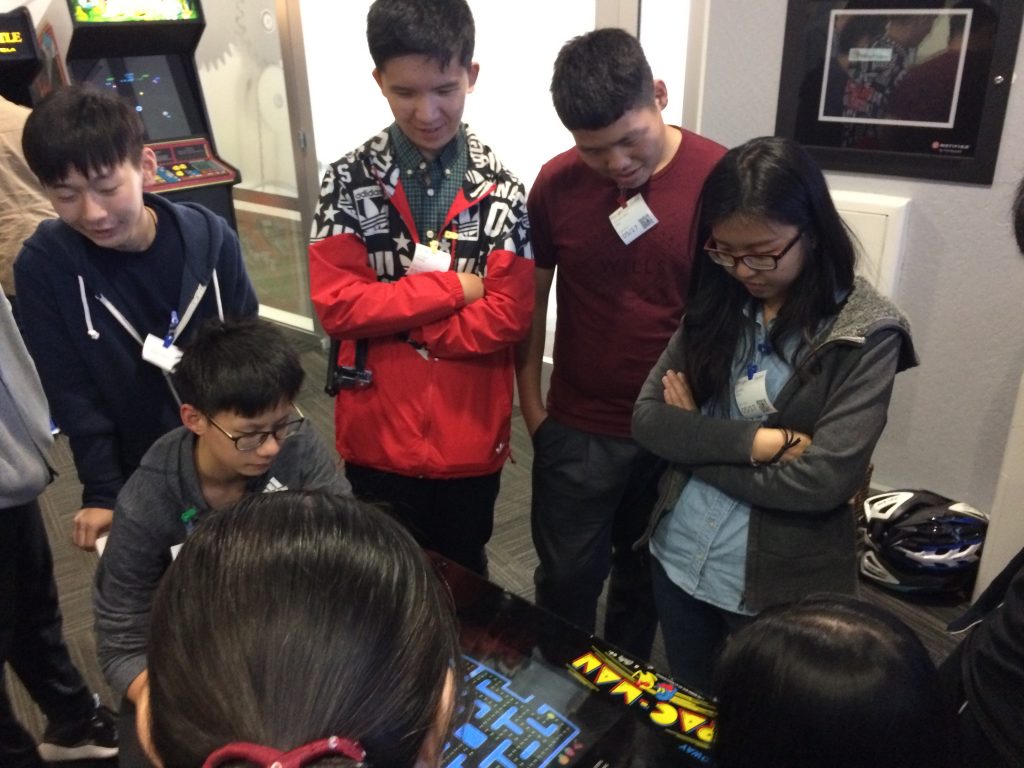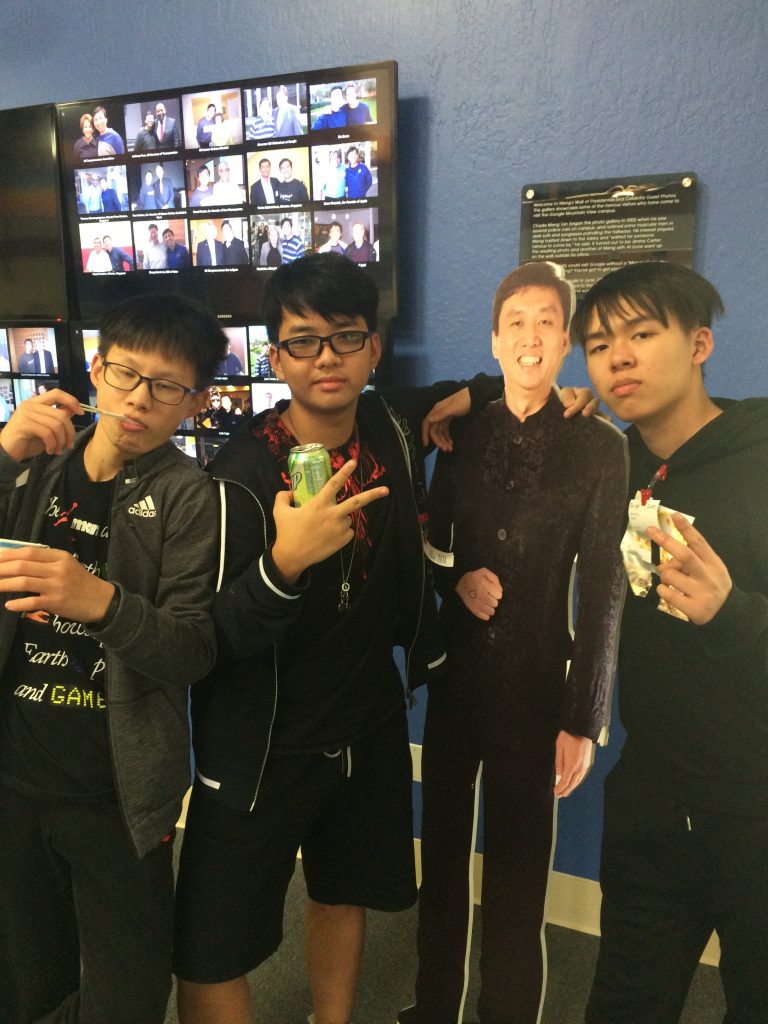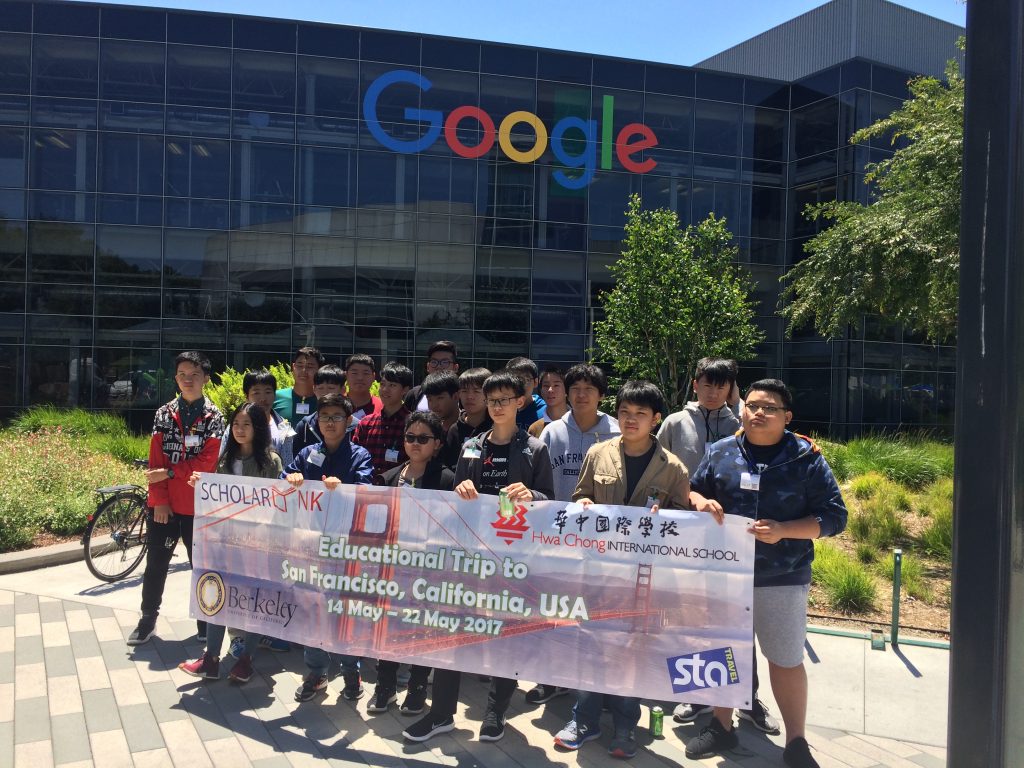https://youtu.be/WhZFSqOmZRs
Singapore: Covid-19 Jab And Shorter Quarantine
Singapore’s Education Minister has suggested that travelers who take the Covid-19 vaccination may not need to serve a long quarantine period when they return to Singapore. This might happen if studies show that the vaccine significantly reduces the risk of transmission. Being vaccinated may also make it possible to travel to other countries more freely, but that will depend on the requirements of other countries. At the moment, Singaporeans can already travel to some other countries without a quarantine as Singapore is regarded as a low-risk jurisdiction1. There have been rumors about the side effects of the vaccines, such as causing cancer, but there is no evidence of this. The chair of the expert committee on Covid-19 vaccination, which was convened2 by the Ministry of Health, also believes that the vaccines are likely to work on the mutated strains of the coronavirus. This is because both strains of the virus feature the same spike protein.
1jurisdiction – a country, state or other area where a particular set of laws must be obeyed
2convened – to bring together a group of people for a meeting
Think about it: For those who did not want to get the vaccine, do you think the prospect of a shorter quarantine would be enough to change their minds?
Malaysia: Majority Accept Covid-19 Vaccine But More Awareness Required
A recent survey had 67% of respondents accepting of the Covid-19 vaccine and is considered a good start. For Malaysians who are unsure about the vaccine or do not wish to take it, it will take the work of credible experts engaged by the government to convince them through clear and objective explanations. The 67% acceptance rate of the vaccine might still not be enough to achieve herd immunity, which is when most of a population is immune to a disease, thus providing indirect protection to those who are not immune. Further, new mutant strains of the virus which have a higher reproduction number would require an even greater proportion3 of the population to be immune so as to achieve herd immunity. The most popular reasons why people do not want to take the vaccine are a belief that they have low infection risk, they have concerns about the vaccine’s safety and because they do not trust their country’s health system to administer the vaccine according to its specifications4.
3proportion – the part of something when compared to the whole
4specifications – a detailed description of how something should be done
Think about it: What are some ways that governments can convince their people to take the vaccine? Would some sort of incentive scheme work?
Indonesia: Islamic Council To Issue Halal Ruling Before Mass Inoculation
The country’s highest Muslim council hopes to issue a ruling on whether a Covid-19 vaccine from China’s Sinovac Biotech is halal, or permissible under Islam. Indonesia has received three million doses of the vaccine. This is not the first time the country has faced controversy5 over whether a vaccine is allowed under Islam. In a bid to boost acceptance of the vaccine by the public, President Joko Widodo has announced that he will be the first to receive the vaccine. Sinovac has informed Indonesia that their vaccines were “manufactured free of porcine6 materials”. An official at Indonesia’s largest mainstream Muslim organization stated that emergency vaccines could be used if no other options were available. This opinion was echoed by some Muslims as well. In Malaysia, religious authorities have approved Covid-19 vaccines for Muslims, and mandatory for those identified to receive them.
5controversy – a lot of disagreement or argument about something
6porcine – relating to pigs
Think about it: Do you think the President’s decision to be the first to take the vaccine will give enough assurance to the nation’s Muslims?
China: Covid-19 Cases In Hebei Rise
The capital of Hebei province, Shijiazhuang, has been put under lockdown after the city reported the highest daily Covid-19 case numbers since the outbreak occurred. Many of the cases for Hebei province were from the provincial capital of Shijiazhuang. All residents and vehicles are not allowed to leave the capital and movement within the city has been limited. Vehicles are also not allowed to leave the city unless they are transporting daily necessities7 or medical supplies. The Shijiazhuang Fifth Hospital has been cleared exclusively8 for Covid-19 patients with another three being prepared. A total of 49 medical experts have also been deployed. All patients are currently in stable condition. Beijing, which is located next to Hebei province, has also sent medical experts to support the efforts there. To reduce the risk of spreading Covid-19 to the capital, people who need to travel to Beijing must provide a negative nucleic acid test within 72 hours before entering the capital.
7necessities – something that is needed, especially in order to live
8exclusively – only
Think about it: There are additional precautions in place for people traveling to the capital, Beijing. Do you think these same precautions should be taken for other important cities like the financial hub of Shanghai?
United States: Ill-equipped To Track New Mutant Strain Of Coronavirus
With no proper system to identify genetic variations of the coronavirus, health officials are left blind to track the new dangerous mutant strain which presents a new threat. The variant, which is more transmissible, is already burdening hospitals in Britain with many new cases. It is for the moment rare in the US but has the potential to cause new outbreaks. Out of 1.4 million new cases in the US each week, genomic sequencing, which can detect the new variant, is performed on fewer than 3,000 cases. Further, the sequencing is done by a patchwork9 of academic, state and commercial laboratories. A national surveillance program would help monitor how widespread the virus is and contain outbreaks but would cost a few hundred million dollars. It is hoped that this will be implemented under the Biden administration, as President-elect Joe Biden is supportive of a national testing program.
9patchwork – a mixture of different things
Think about it: American is the world’s largest economy, so does it seem strange that its health system is lagging behind other poorer nations? Where is their money being spent?





